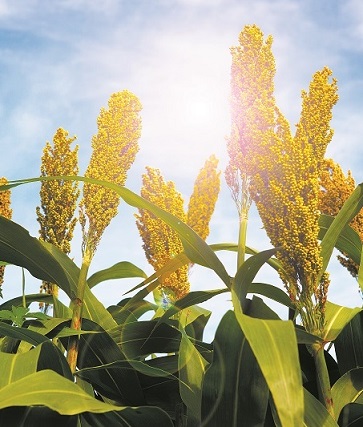Media release
From: Australian Science Media CentreBRIEFING ALERT: Hacking plants' solar power to ‘turbocharge’ crops
The race is on to boost the productivity of crops such as rice and wheat by hacking the systems they use to convert sunlight into food.
With the world’s population expected to hit 9 billion by 2050, boosting agricultural production is an urgent priority, so what if we could ‘turbocharge’ our staple crops and boost yields despite the hotter, harsher conditions we expect to see?
All this is possible thanks to an Australian discovery, made 50 years ago, when Hal Hatch and Roger Slack discovered why some crops can convert sunlight into food more efficiently than others.
They’d stumbled upon a whole new system of photosynthesis, ‘C4’, which explains why crops such as sugarcane and maize are the most productive on the planet.
Around the world, scientists are working to replace the less efficient C3 photosynthetic systems of wheat and rice with C4, increasing drought-tolerance and yields. That should be achievable by 2030, according to Professor Robert Furbank, Director of the ARC Centre of Excellence for Translational Photosynthesis.
And C4 doesn’t just offer the opportunity to feed the world as our climate changes, it could also be part of the solution, because biofuel productivity could also be boosted by the addition of C4, reducing our carbon emissions.
Join us for this online media briefing from the C4 Photosynthesis 2016 Conference in Canberra, when experts from Australia and abroad will discuss the C4 photosynthesis, how we go about hacking our crops, and what it all means for the future of food and biofuel production.
Speakers:
- Professor Susanne von Caemmerer, Deputy Director of the ARC Centre of Excellence for Translational Photosynthesis
- Professor Robert Furbank, Director of the ARC Centre of Excellence for Translational Photosynthesis
- Professor Rowan Sage, University of Toronto
Date: Mon 11 Apr 2016
Start time: 10:40am AEST
Duration: Approx 45 min
Venue: Online
